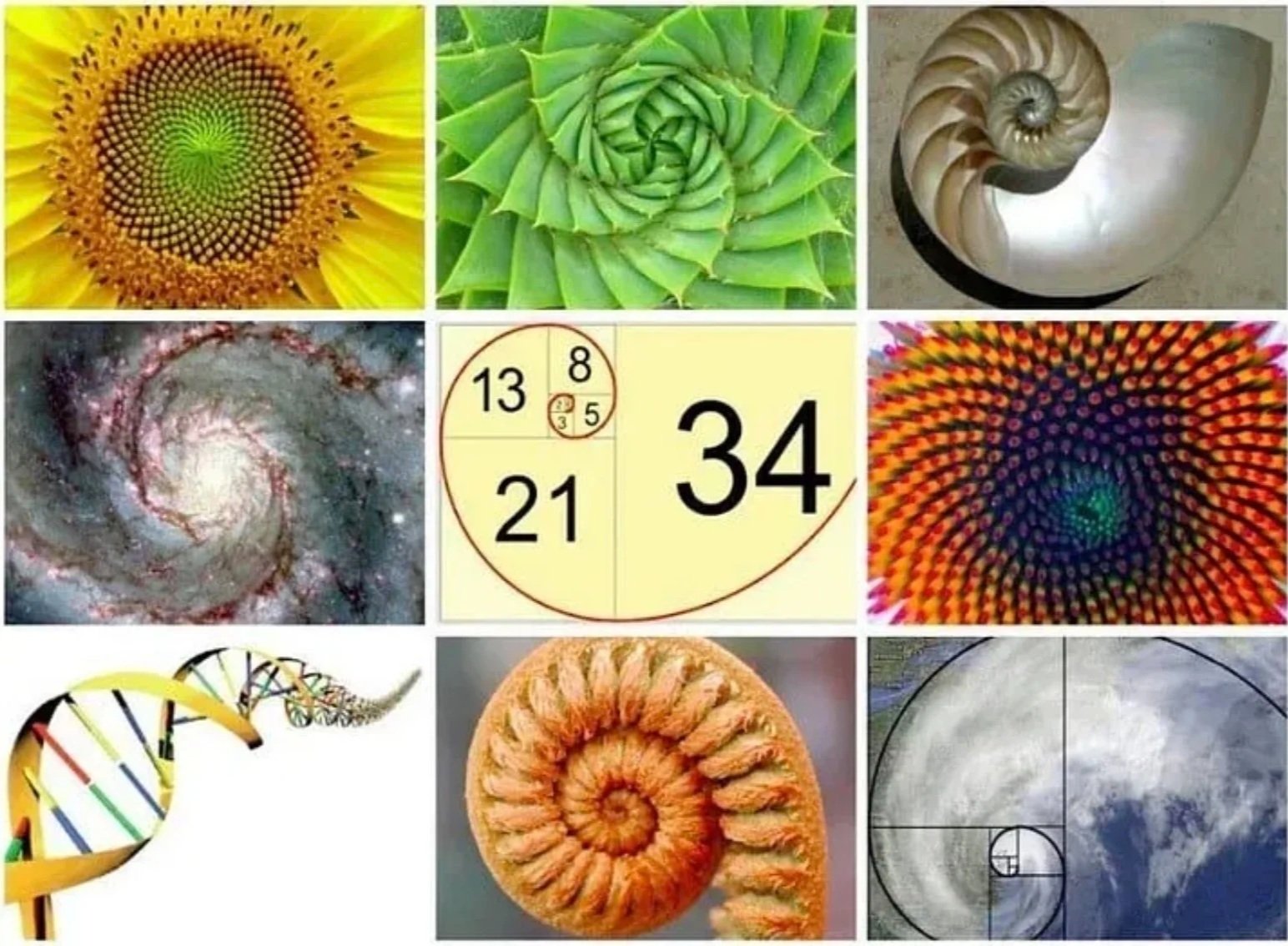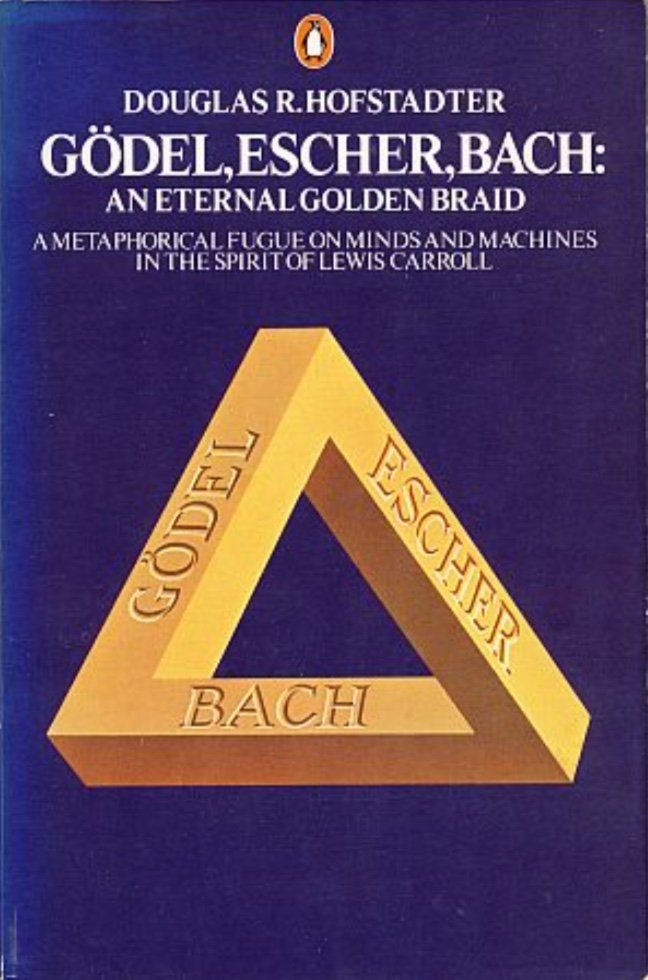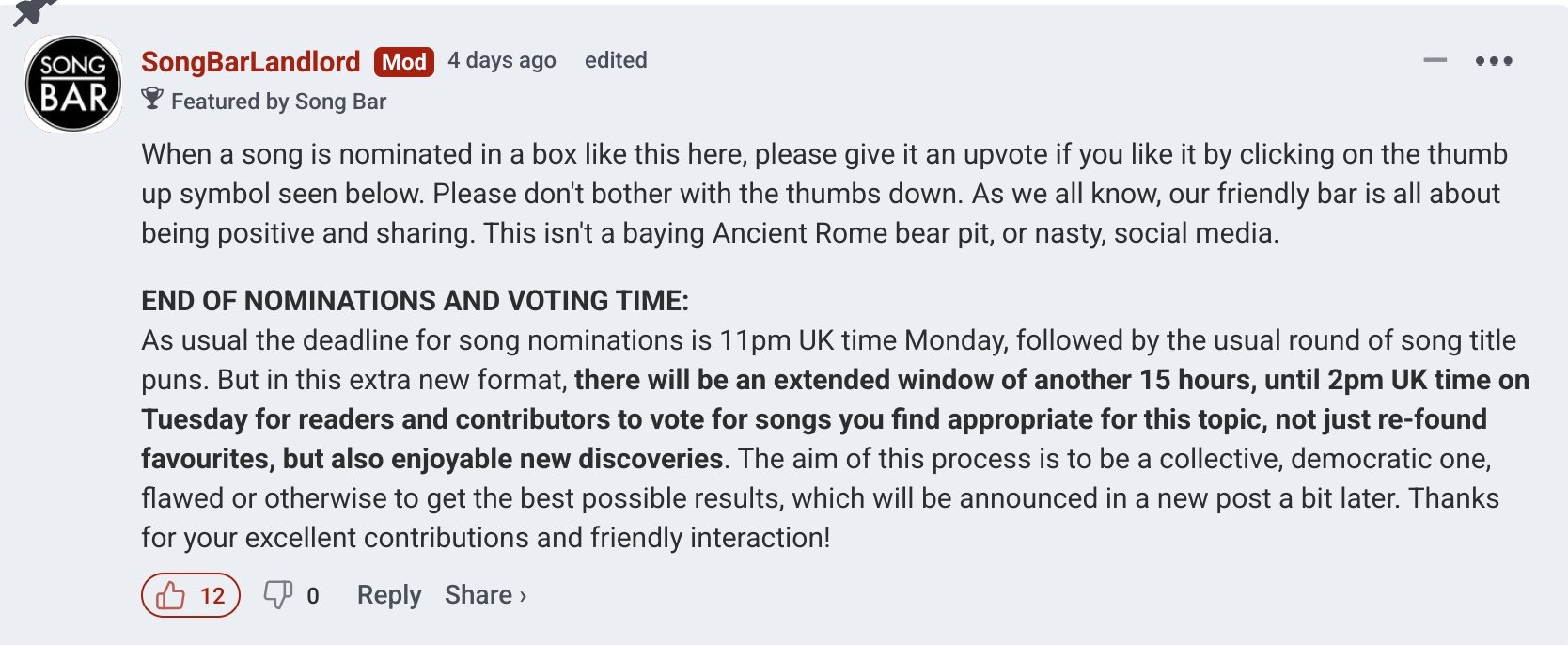By The Landlord
“Why are numbers beautiful? It’s like asking why is Beethoven’s Ninth Symphony beautiful. If you don’t see why, someone can’t tell you. I know numbers are beautiful. If they aren’t beautiful, nothing is.” – Paul Erdős
“There is geometry in the humming of the strings, there is music in the spacing of the spheres.” – Pythagoras
“Music is the pleasure the human mind experiences from counting without being aware that it is counting.” – Gottfried Leibniz
“A mathematician, like a painter or a poet, is a maker of patterns.” – G. H. Hardy
“—Grandest number in the whole opera, Goulding said.
—It is, Bloom said.
Numbers it is. All music when you come to think. Two multiplied by two divided by half is twice one. Vibrations: chords those are. One plus two plus six is seven. Do anything you like with figures juggling. Always find out this equal to that. Symmetry under a cemetery wall. He doesn’t see my mourning. Callous: all for his own gut. Musemathematics. And you think you’re listening to the etherial. But suppose you said it like: Martha, seven times nine minus x is thirtyfive thousand. Fall quite flat. It’s on account of the sounds it is.” – James Joyce, Ulysses
“Geometry is 'number in space', music is 'number in time’.” ― John Martineau, Quadrivium: The Four Classical Liberal Arts of Number, Geometry, Music, & Cosmology
"I hope good luck lies in odd numbers." – Falstaff in Shakespeare’s The Merry Wives of Windsor
“Round numbers are always false.” – Samuel Johnson
“You have to be odd to be number one.” – Dr. Seuss
Gregory: Three hundred and forty-two.
Susan: A million and nine.
Gregory: How come you know all the good numbers?
– John Gordon Sinclair and Clare Grogan, Gregory's Girl, 1980
For some they are just a messy mathematical jumble, yet other people can find life, musicality and poetry in numbers, even perceiving them as synaesthetic colours and smells.
How do you picture a number? Some might think of numbers as much down to chance as imagination, or use the bingo lingo, using visual to cultural association and the odder the better. Duck and a crutch or gateway to heaven? (27). Dirty knee (33). All the steps (39). Naughty (40). Winnie The Pooh (42). All the fours, Diana Does (44). Danny La Rue (52). Snakes alive (55). Grandma’s getting frisky (60). Baker’s bun (61). Queen bee (73). Trombones (76) from that popular marching song, from the musical The Music Man. Sunset Strip (77) as in the TV show. Heaven’s gate (78). Torquay in Devon (87). Two fat ladies (88). Almost there (89). Top of the shop (90). But away from the jiggling random balls, there are many bigger ones out there…
Think of an illogical number …
Many years ago, I did some writing work for a design company, whose chief sales director was a lively, eccentric, charismatic communicator who could instantly memorise the phone numbers and other associated numerical facts of all of his clients, connecting them all as animated human characters in his highly visualising brain.
Music and numbers are inextricably linked, and the greatest musicians undoubtedly have an inbuilt, natural, numerical skill. But this week’s topic isn’t so much about the great technicians and fabulous fingers of players such as Glenn Gould mastering Bach’s fugues, more of the angle in which strange, obscure, non-rounded, non-approximate numbers arise in lyrics titles or titles. Why not just a dozen, a hundred, a thousand, or a million, but something very specific?
It might be to identify some association, such as a lucky 7, an unlucky 13, or 99, or to fulfil the role of memorability or rhyming, or just to be different, but this week the stranger and less predictable, the better.
But first a bit more on strange numbers and music to help inspire you. Here’s more from G.H. Hardy, the English mathematician, known for his achievements in number theory and mathematical analysis, highlighting a paradoxical link between music to maths. It presents and cultural contradiction:
“Most people have some appreciation of mathematics, just as most people can enjoy a pleasant tune; and there are probably more people really interested in mathematics than in music. Appearances suggest the contrary, but there are easy explanations. Music can be used to stimulate mass emotion, while mathematics cannot; and musical incapacity is recognized (no doubt rightly) as mildly discreditable, whereas most people are so frightened of the name of mathematics that they are ready, quite unaffectedly, to exaggerate their own mathematical stupidity.”
Feeling stupid? Don’t be. Think of the beauty, not the theory. Here’s Ludwig Wittgenstein, trying to help: “The mathematician Pascal admires the beauty of a theorem in number theory; it’s as though he were admiring a beautiful natural phenomenon. Its marvellous, he says, what wonderful properties numbers have. It’s as though he were admiring the regularities in a kind of crystal.”
Patterns are something we can all appreciate, and there’s no more elegant book in this than that landmark publication Gödel, Escher, Bach: An Eternal Golden Braid by Douglas R. Hofstadter. It links the various ideas of three great brains the famous mathematician,artist and composer in an engaging, conversational style around paradoxes and loops, complexity distilled in the spirit of Lewis Carroll.
Suddenly, when immersed in this book, you are engaged in complex ideas simplified as if they are natural as breathing. These include highlighting ideas such as mathematical sequences like the Fibonacci sequence appearing in musical compositions and natural forms. The concept of recursion, found in mathematical functions, mirrored in the self-referential nature of some art and music. And symmetry, a key concept in geometry, is also a fundamental element in visual art and musical harmony.
Confused? Don’t be. The Fibonacci sequence is as natural as flower petal. It’s a a series of numbers where each number is the sum of the two preceding ones, typically starting with 0 and 1 or 1 and 1, to create the sequence: 0, 1, 1, 2, 3, 5, 8, 13, 21, and so on. This pattern can be found in the natural world, such as in the growth of tree branches, the arrangement of leaves on a stem, the spirals of pinecones, and the shape of seashells, and is literally as old as the hills.
In Europe, the Fibonacci sequence first appears in the book Liber Abaci (The Book of Calculation, 1202) by Fibonacci, where it was used to calculate the growth of rabbit populations. Perhaps it could also be used today on Okunoshima island in Japan, also known as rabbit island.
Rabbiting on … Okunoshima island in Japan
Yet the Fibonacci sequence is has been written about for much longer. In Indian mathematics, for example in has been found in connection with Sanskrit prosody as early as 450 BC–200 BC.
If you want to find out, more, here’s a handy video explainer TED talk, and also about the golden ratio, the first few digits of which are 1.618033988749894 . . . It goes on forever a bit like pi: 3.1415926535 ...
And here’s more about the golden ratio and Fibonacci in connection with music:
But really this topic is just about enjoying fun, unusual numbers, some of which just mean now more than their random nature and sound. In the wonderful Scottish schooldays film, Gregory’s Girl, previously mentioned on these pages, numbers come up a lot, perhaps as a way for boys to try and express themselves. It happens in the timing of photograph development by counting elephants. And Gregory’s awkward mate Andy attempts to chat up some girls with such lines as:
"Did you know when you sneeze it comes out at 100 miles per hour?”
And relating to a main road:
“Twelve tons of cornflakes pass under here every day. It's a well-known fact.”
But it is Gregory who actually falls in love, literally, with and via numbers, when, instead of his original goal, Dorothy, the glamorous footballing girl played by Dee Hepburn, he goes on a date with the pretty and eccentric Susan (played by Altered Images Clare Grogan). After the pair enjoy some lying down arm-dancing at the base of a tree, they start flatly swapping favourite numbers, as quoted above. It’s all here to enjoy in full toward the end of the film via this link.
So then, from bingo to pi to Fibonacci and beyond, share, as well as vote for, your favourite as well as unknown and newly discovered, strange, obscure numbers as found in song lyrics and titles, highlighting the inexact and untypical as possible. Will this week’s topic be a numbers game? It might well be, in different senses, but whether there’s a guest playlister, or I oversee more of a response process, please suggest songs, but also upvote any nominations you like in the comment boxes below. To play the game with a thematic angle, please particularly vote for songs that you don’t know and discover so the numbers stack up in all sorts of strange, and unexpected and creative ways.
New to comment? It is quick and easy. You just need to login to Disqus once. All is explained in About/FAQs ...
Fancy a turn behind the pumps at The Song Bar? Care to choose a playlist from songs nominated and write something about it? Then feel free to contact The Song Bar here, or try the usual email address. Also please follow us social media: Song Bar X, Song Bar Facebook. Song Bar YouTube, and Song Bar Instagram. Please subscribe, follow and share.
Song Bar is non-profit and is simply about sharing great music. We don’t do clickbait or advertisements. Please make any donation to help keep the Bar running.






